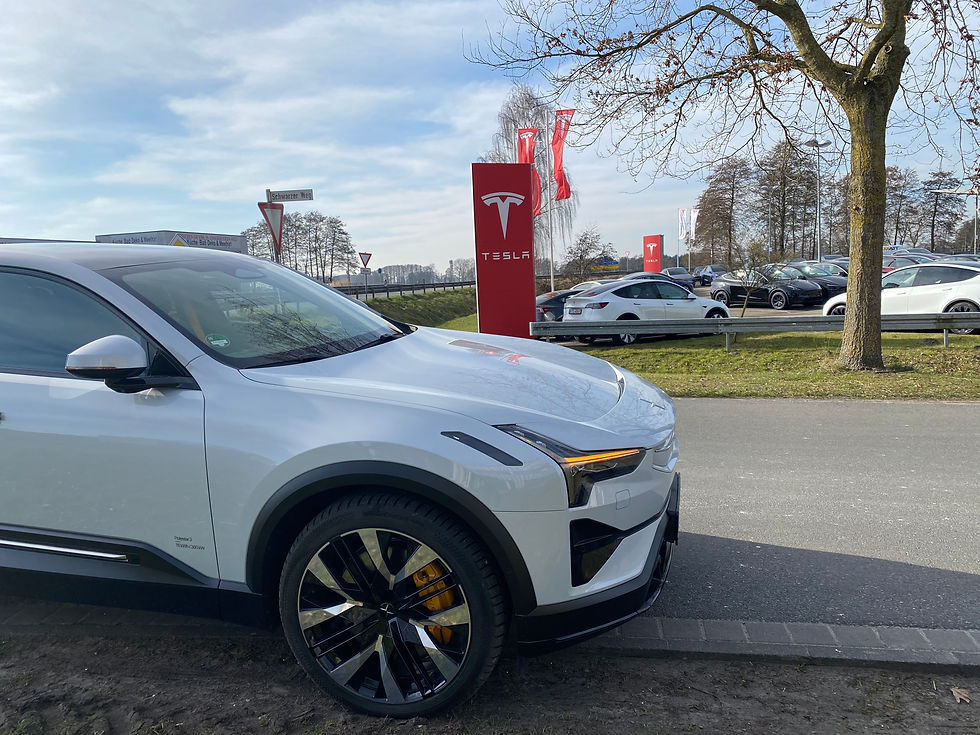How OEMs are set to meet EU CO2 targets
- Matthias Schmidt

- Sep 26, 2019
- 2 min read
Updated: Mar 3, 2020
The JULY SMA DATA MONTHLY EV BRIEFING REPORT has identified, thanks to the use of Statistik Austria data, on average a multiple of x1.4 can be used to identify the CO2 fleet reductions for every one percent BEV electric car penetration of total sales at today's levels. For premium brands, with consequently more powerful engines and a heavier mass fleet weight this multiple increases.
This analysis is without taking into account eco-innovation credits (7g/km available per year) or super-credits for vehicles emitting under 50g/km (limited to 7.5g/km over three years up to 2022 per each pooled group, beginning with a multiple of x2 for BEVs in 2020 and being reduced every year to 1.33 by 2022).
With Volkswagen Group achieving 3.6 million European vehicle sales in the EU + EFTA market last year and around 300,000 BEVs being planned for the same region by 2020 according to Volkswagen AG investor data, this would give them an 8 percent BEV penetration of their total annual regional sales in 2020 (currently under 2 percent after 8-months this year, according to Schmidt Matthias Auto Data). Using the 1.4 multiple, this would give Volkswagen Group a reduction of around 11g/km. In 2018 Volkswagen Group's European Union CO2 emissions average was 123g/km (without Norway - Norway is included in the average from 2019) according to Volkswagen's own data. So before #supercredits, #ecoinnovation bonuses as well as #PHEVs this would reduce VW Group's average CO2 emissions over 2018 levels to around 112g/km, or likely more factoring in premium brands Audi and Porsche contribution. If the full allocation of super-credits are used in 2020 this would reduce it further to 105g/km
With a large PHEV product offensive to be launched next year the remaining reduction to meet their weight based target of 96g/km (according to ICCT research) for the Volkswagen Group pool looks achievable, if the ambitious 300,000 target can be met and considering the 5 percent worst performers of the fleet can also be omitted from the calculation in 2020, thanks to last minute pressure by Germany.
Manufacturers own employees could be key, if the private market doesn't bite the BEV bait
European manufacturers also have the added advantage of huge employee leasing fleets and many have their own car-sharing fleet operations (>10% of VW's H1 2019 West European BEV registrations were accounted for by their own car-sharing fleet additions) they can rely on if the private market doesn't bite the BEV bait. This point is often overlooked from other calculations being published. Just a minimal "persuasion" by manufacturers to make lower emitting vehicles more attractive to own employees leasing customers should be enough to see targets met, be that with or without Mr and Mrs private consumer. If you would like more details and information on how to subscribe, please contact me.
mail@schmidtmatthias.de



Comments